detail profile seiji hara
Peran Yang Di Mainkan Seiji Hara
 The murder of the chief official...
The murder of the chief official...Yellow Line 1960
The murder of the chief official of Kobe city's Customs triggers an investigation of a prostitution ring called the 'Yellow Line' that sells Japanese women. A hired assassin is betrayed by his organization, and kidnaps a woman who happens to be the girlfriend of a newspaper reporter.
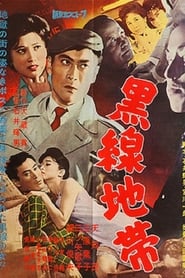 Freelance reporter Scoop Machida is hot...
Freelance reporter Scoop Machida is hot...Black Line 1960
Freelance reporter “Scoop” Machida is hot on the trail of a prostitution ring called the Black Line, when he is framed for the murder of a young woman. Forced to clear his own name, the handsome journalist sinks deeper into the Black Line’s rotten swamp of drugs, prostitution, and murder and finds unexpected help in Maya, a steamy female gambler familiar with the neon-lit streets, shadowy alleyways, and seedy nightclubs he must navigate. The closest film in the Line series to classic American film noir, Ishii’s Black Line is a pulpy assortment of crime film conventions including the starkly expressionistic black and white cinematography by Jûgyô Yoshida, a jazzy music score by Michiaki Watanabe, and a sleazy screenplay by Ishii and Ichirô Miyagawa.
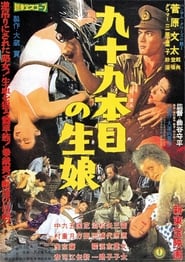 In the northern province two waitresses...
In the northern province two waitresses...The Blood Sword of the 99th Virgin 1959
In the northern province, two waitresses Mieko and Hanako from Tokyo, are missing somewhere near the River Kitakami. At night, the villagers of Shirayama gather round a blazing fire, and utter incantations while an old headman tempers a sword...
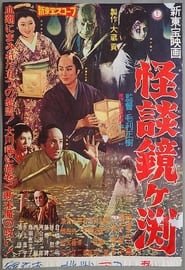 A store manager named Kinbei becomes...
A store manager named Kinbei becomes...The Ghosts of Kagami Pond 1959
A store manager named Kinbei becomes enraged when the owners of the store decide to hand it down to an adopted son instead of him. He hatches a plot to murder them all, but as it turns out he has done this sort of thing before. As bodies pile up in the nearby Kagami Pond, a ghostly vengeance is about to be unleashed.
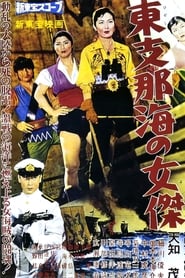 Rika a manageress of a night...
Rika a manageress of a night...Queen of the China Sea 1959
Rika, a manageress of a night club is about to be arrested on suspicion of smuggling. However, she escapes through the assistance rendered her by First Lieutenant Yokoyama of the Japanese Naval Commander's Office. After the end of war, Yokoyama plans to escape from riot-ridden Amoy and finally succeeds with the help of Rika to whom he gives a destroyer. Rika is actually the leader of a gang of pirates, and plans to rule the East China Sea by crushing Banryu, her rival.
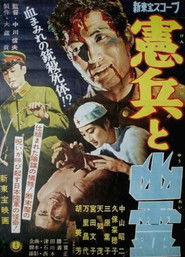 Desiring another officers new wife a...
Desiring another officers new wife a...Ghost in the Regiment 1958
Desiring another officer’s new wife, a military police lieutenant fabricates evidence of treason that consigns the innocent man to torture and a firing squad. The lieutenant rapes the wife, but is haunted by bad dreams which after he is assigned to a battalion with the victim’s brother.
 The 4th Super Giant film in...
The 4th Super Giant film in...Super Giant: Earth on the Verge of Destruction 1957
The 4th Super Giant film, in which he continues his fight against the Kapia Aliens (Part 2 of 2)
 The 3rd Super Giant film in...
The 3rd Super Giant film in...Super Giant: The Mysterious Spacemen's Demonic Castle 1957
The 3rd Super Giant film, in which he saves Earth from the threat of the reptile-like Kapia Aliens.
 The 2nd Super Giant film Super...
The 2nd Super Giant film Super...Super Giant Continues 1957
The 2nd Super Giant film. Super Giant continues his battle against the foreign terrorists. In return, they frame him for murder. (Part 2 of 2)
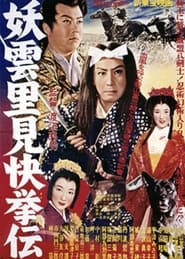 In the first year of Chroku...
In the first year of Chroku...Mysterious Clouds: Legend of Satomi's Heroic Deed 1957
In the first year of Chōroku, Satomi Yoshimi, lord of Takita Castle in Awa, faces defeat by neighboring lord Anzai Kagesuren. As the castle nears collapse, Anzai demands a seed from Yoshimi’s lineage, specifically from his wife, Fushihime. Outraged but facing annihilation, Yoshimi gives Fushihime a string of eight ancestral beads and urges her to escape to loyal retainer Inuda Kobungo. Instead, she goes alone to Anzai, followed by her dog, Hachibo. In a twist, Hachibo attacks and kills Anzai, allowing Fushihime to escape. She later reveals that the beads protected her and predicts that eight warriors bearing these beads will someday defend the Satomi family before passing away. Yoshimi finds one of the beads in Inuzuka Nobuno’s armor and convinces her to serve him. Meanwhile, Baka Daiki, plotting to overthrow Satomi, imprisons Inukawa Shosuke, who tries to intervene, under the watch of vassal Aminen Saomojiro.
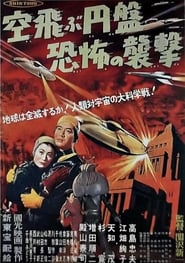 A 1956 alien invasion tokusatsu film directed...
A 1956 alien invasion tokusatsu film directed...Fearful Attack of the Flying Saucers 1956
A 1956 alien invasion tokusatsu film directed by Shinichi Sekizawa, the screenwriter noted for his immense contributions to Toho's Godzilla series by providing the screenplays/stories for the majority of the original Showa films.

 A young obstetriciangynecologist who was betrayed...
A young obstetriciangynecologist who was betrayed...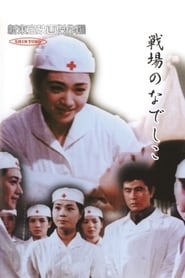 War drama about army nurses
War drama about army nurses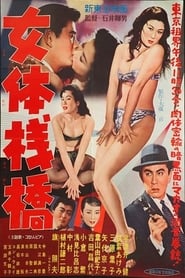 Director Teruo Ishiis crime action follows...
Director Teruo Ishiis crime action follows...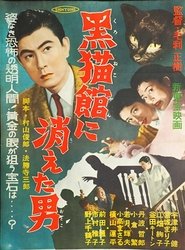 Comedyhorror film by Masaki Mri
Comedyhorror film by Masaki Mri